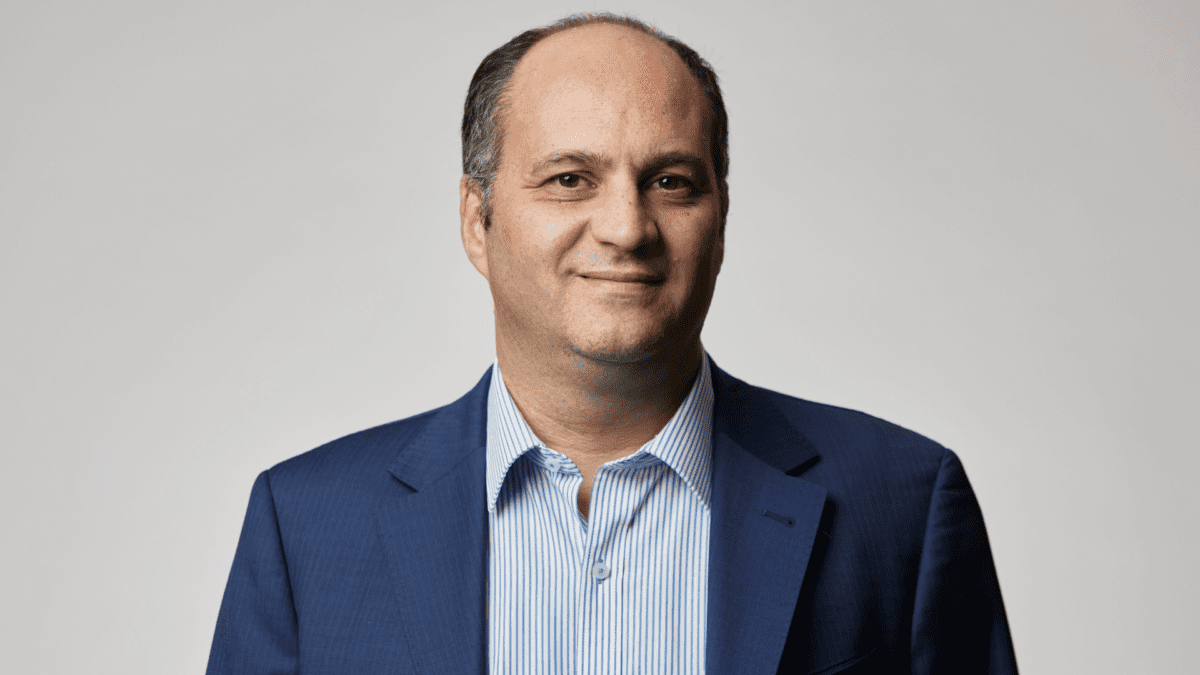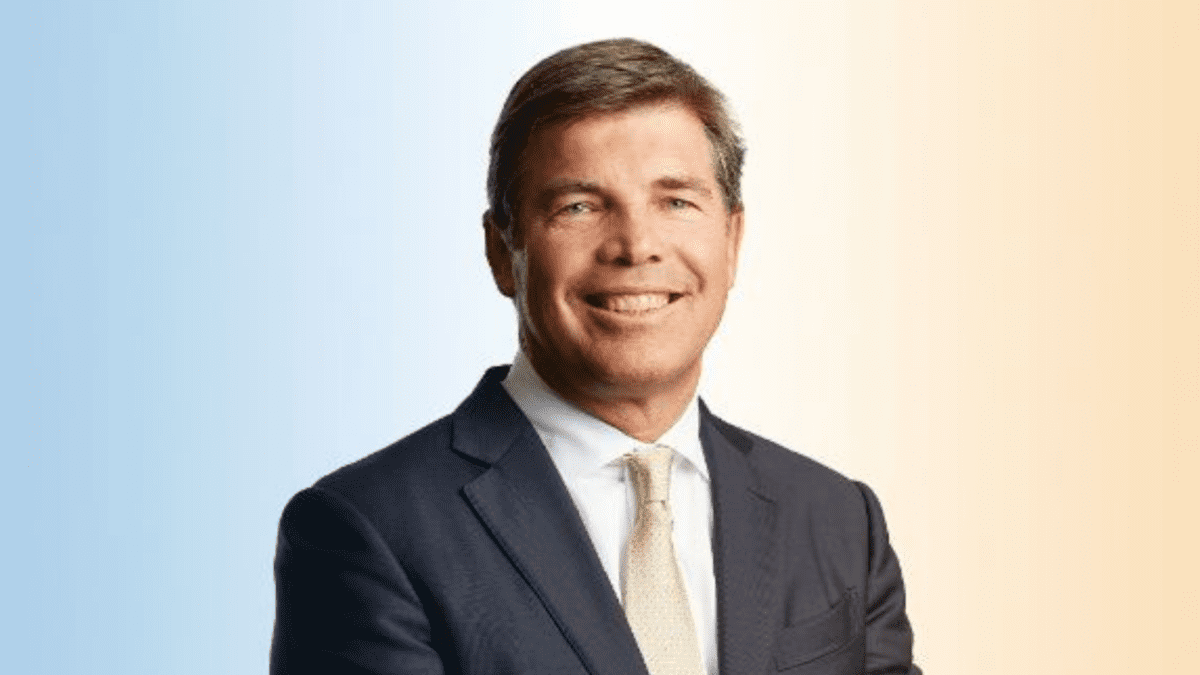Time in the market is a luxury retirees often can’t afford
It’s an old and popular investment adage – time in the market beats timing in the market. But as asset manager Talaria Capital chief investment officer Chad Padowitz (pictured) warns, that’s not always applicable for retirees no longer earning a wage.
“For those still in the workforce and in the accumulation phase, this adage highlights the general upward trend in equity prices over the long term. So, given time, investments are likely to increase in value despite periods of negative returns,” he tells The Golden Age.
“Investors brave enough to ride out the fluctuations, like those we’ve seen with the global market sell-offs this month, can benefit from the general upward trend of equity markets.”
But this approach does not necessarily work for retirees drawing down on their savings and having less ability and time to wait for the market to recover. If savings are suddenly worth less during retirement, they generate less return. This can force the sale of investments at a loss and result in fewer assets to draw on in the future.
Padowitz says this situation exposes retirees to sequencing risk, a problem created when the order and timing of returns clash with the need to regularly draw money out of a portfolio.
“For retirees, when you don’t have the luxury of time in the market, timing is (almost) everything.”
He cites the example of an individual starting with the ASFA recommended superannuation balance of $595,000 on retirement at 67 and withdrawing $51,630 a year (the ASFA recommendation for a comfortable retirement for a single person).
By retiring in 2000, the annualised net return is 1.55 per cent by the end of 2009. But retiring one year later means this super balance won’t last past year 12. But retiring two years later (2003) and the same balance on retirement lasts more than 16 years.
Padowitz says this is due to the volatility of market returns and the resulting uneven sequence of returns that either help or hinder a retiree regularly drawing from their portfolio.
“Most people understand market prices can go up and down, but it’s less apparent that once money is lost, it’s much harder to get it back. A loss of 10 per cent requires a gain of 11 per cent to break even; likewise, a 20 per cent fall breaks even after a 25 per cent increase, 30 per cent down needs 43 per cent up and so on.
“Withdrawing on losses compounds the effect as a portfolio enters a market upswing with a lower balance. This is why an actual money-weighted portfolio return amid market volatility can be much lower than an average of those returns suggests. The greater the volatility, the greater the gap between the average return over time and the actual return seen in the portfolio.”
For retirees, this makes it critical to effectively manage the sequence of return risk so as to help maintain a wider range of financial choices in retirement.
One possible solution is to eliminate withdrawals, forcing retirees back into the workforce – not an option many want to opt for. Nor is it an option for savings held in account-based pensions as they are required to draw down between four per cent and 14 per cent a year based on age.
Another option is to manage market volatility. While volatility can never be eliminated, it can be mitigated by investing in more defensive assets.
Equities, particularly value stocks, fit these criteria best because they are typically well-established companies with stable earnings. Reliable sources of portfolio income, such as dividends or interest-bearing investments, can also help mitigate market downturns by providing a steady cash flow. For the more financially literate, put options can be used to reduce portfolio volatility.
No one can time the market, and those who don’t have time to ride out large downturns require a portfolio with significantly less volatility while still generating a regular income. Thankfully, there are options to help retirees smooth out the journey.










